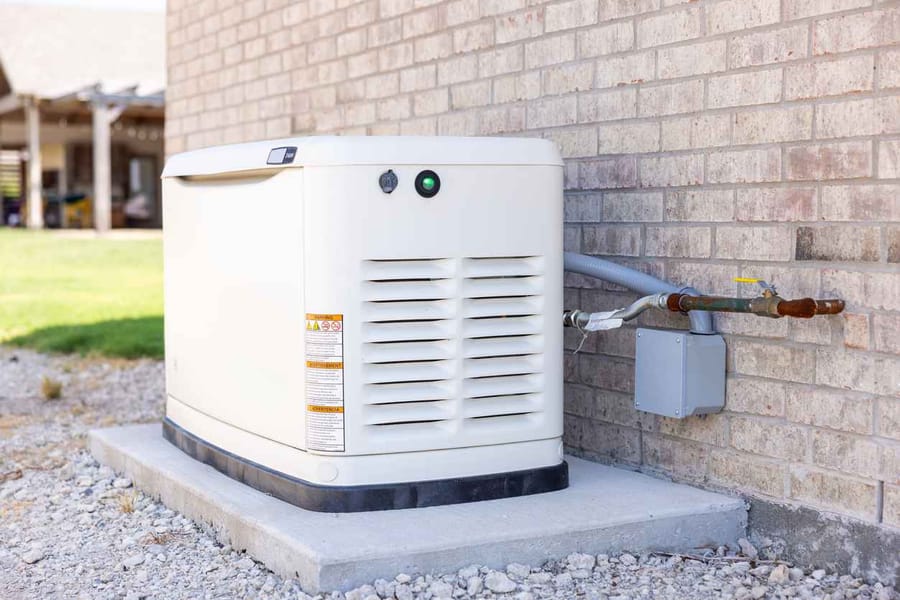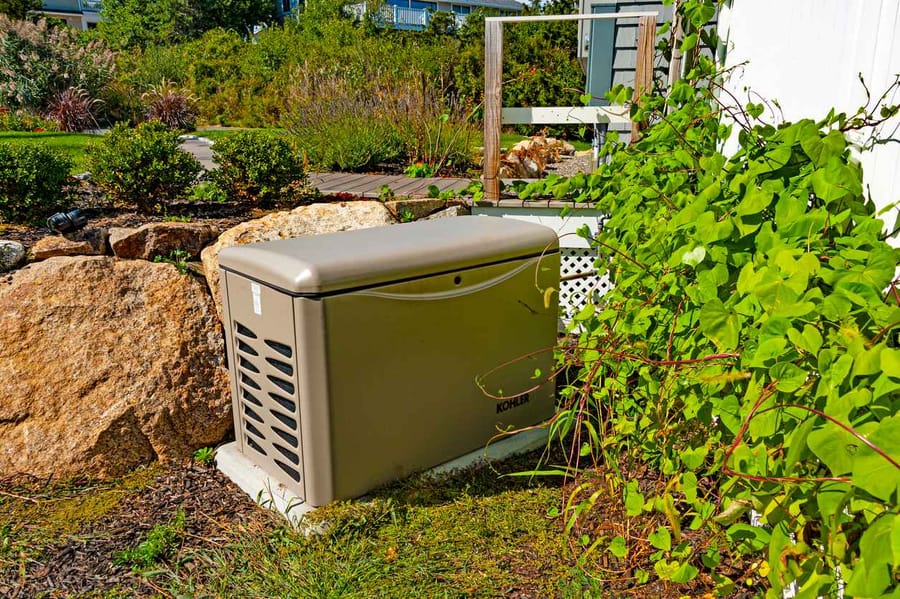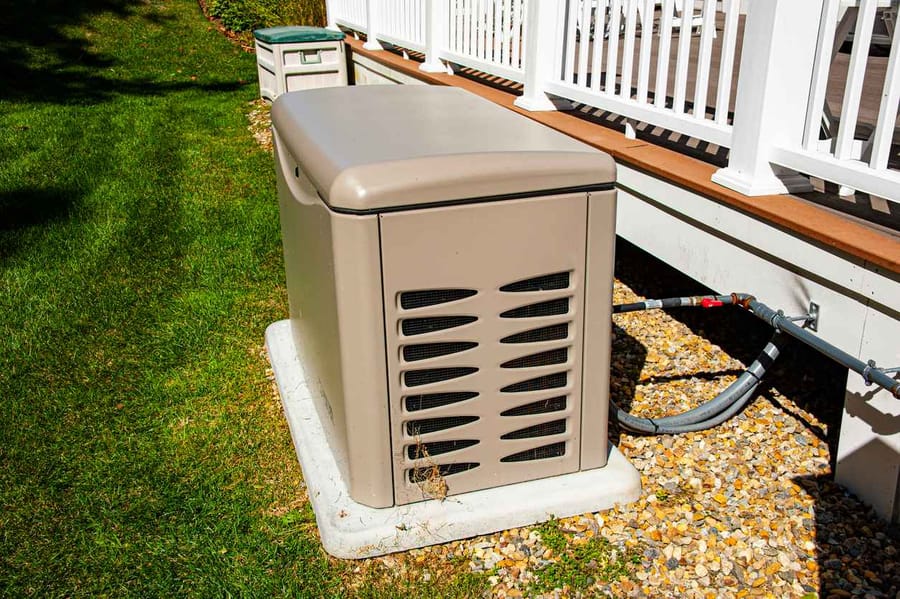0% Financing Available
What is a Circuit Breaker?
You likely already know that a circuit breaker is an important part of your electrical system. These indispensable devices play a crucial role in safeguarding homes and buildings from electrical hazards. But what is a circuit breaker and why is it important? Let’s delve into the inner workings of circuit breakers, exploring how they function and the common triggers that cause them to trip.
What is a Circuit Breaker?
A circuit breaker acts as a protective guardian within electrical systems, instantly interrupting the flow of electrical current when abnormalities or faults are detected. Found in residential, commercial, and industrial settings, circuit breakers are indispensable for preventing electrical fires and equipment damage. They provide a vital defense mechanism against overloads, short circuits, and ground faults.
Understanding How a Circuit Breaker Works
At its core, a circuit breaker comprises three essential components: the switch, the electromechanical trip mechanism, and the current sensing device. The switch enables manual control over the circuit’s operation, allowing users to turn it on or off. The electromechanical trip mechanism is responsible for automatically opening the circuit when an overload or fault occurs. Lastly, the current sensing device identifies abnormal current levels and triggers the trip mechanism.
Under normal conditions, electrical current flows through the circuit breaker without interruption. However, if the current exceeds the circuit’s capacity or if a short circuit occurs, the circuit breaker promptly reacts. The current sensing device detects the abnormal current surge and signals the trip mechanism to open the circuit, effectively cutting off the electricity flow. This rapid response protects the circuit and connected devices, ensuring overall safety within the electrical system.
Causes of Circuit Breaker Tripping
To maintain a safe electrical environment, it is crucial to understand the factors that can trigger a circuit breaker to trip. By familiarizing ourselves with these causes, we can identify potential issues and take appropriate preventive measures. Here are the common culprits behind circuit breaker tripping:
- Overload: An overload occurs when the electrical load surpasses the circuit’s maximum capacity. This can happen when multiple appliances or devices are connected to a single circuit or when power-hungry equipment is in operation. To prevent overheating and potential fire hazards, the circuit breaker intervenes and trips.
- Short Circuit: A short circuit occurs when a live wire inadvertently comes into contact with a neutral wire or ground wire, resulting in a sudden surge of electrical current. Detecting this abnormal flow, circuit breakers promptly trip to protect the circuit and prevent electrical damage.
- Ground Fault: Ground faults arise when a live wire touches a ground wire or conductive surface, often caused by faulty wiring or damaged insulation. Similar to a short circuit, a ground fault triggers the circuit breaker to trip, eliminating the risk of electrical shock or fire.
- Faulty Appliances or Equipment: Circuit breakers may trip due to malfunctioning or defective appliances and equipment. Issues such as damaged cords, internal wiring problems, or motor failures can create abnormal electrical conditions, prompting the circuit breaker to activate and interrupt the circuit.
Your Trusted Maryland Electrician
By unraveling the inner workings of circuit breakers and understanding the common causes for tripping, homeowners and businesses can maintain a safe electrical environment. If you encounter frequent circuit breaker trips or have concerns about your electrical system, it is always wise to seek assistance from a licensed electrician.
At Chesapeake Electric, we are committed to ensuring your electrical safety and addressing all your electrical needs. Contact us today.
Recent Posts

December 19, 2025

December 19, 2025

December 19, 2025

December 19, 2025

November 21, 2025

November 21, 2025

November 21, 2025